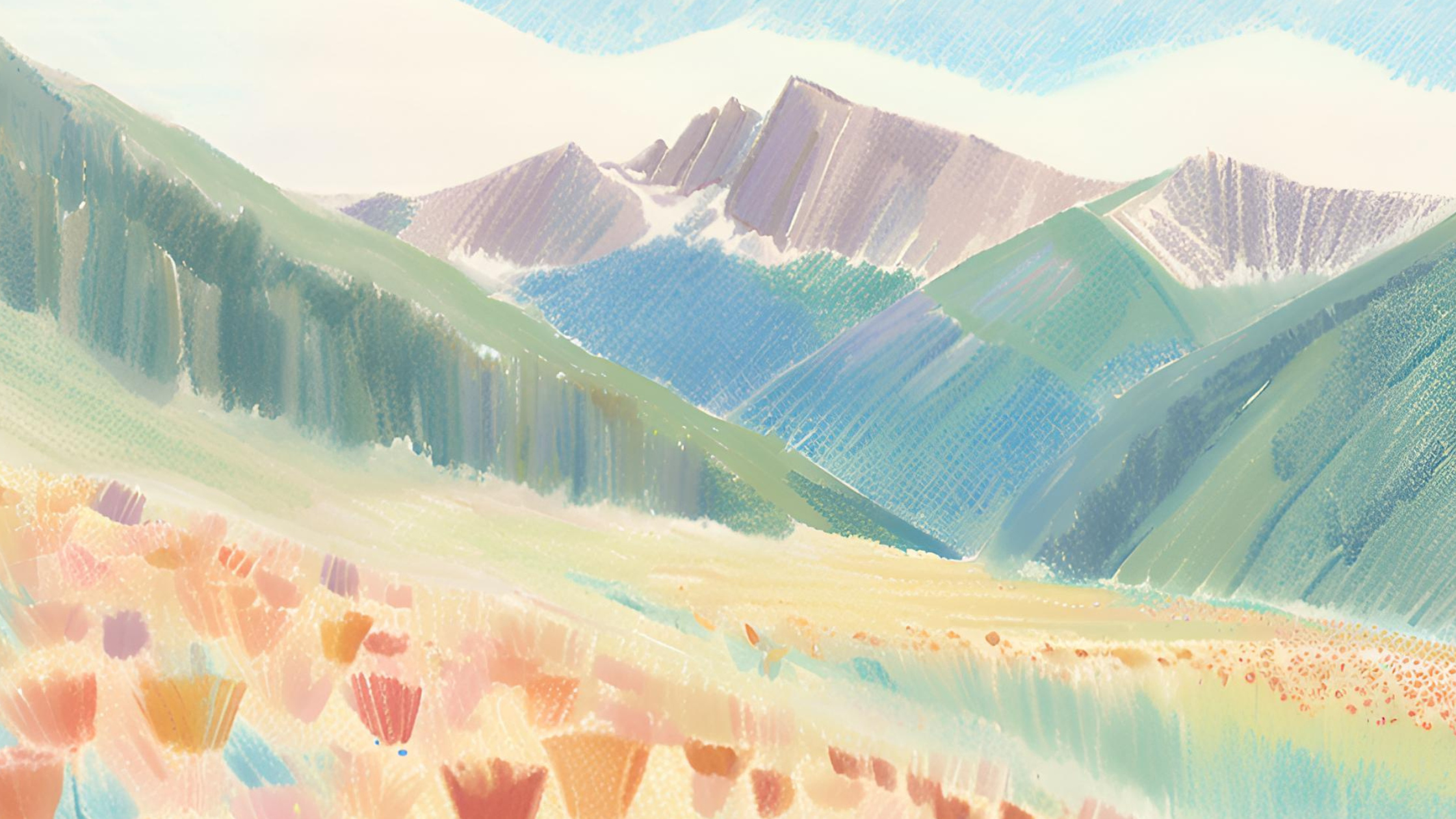The most damaging belief you can carry into your creative process is that everything you make has to be perfect. That it must be beautiful, polished, worthy of being displayed. But creativity isn’t about perfection, it’s about honesty. Maybe you’ve had a hard week, and all you want is to sit down and let it out on a canvas. But then you’re faced with the intimidating blank page, and suddenly, starting feels harder than whatever you’re trying to process.
Here’s the truth: everyone who’s turned to art for expression has felt this exact resistance. So what’s the difference between those who manage to create anyway and those who stay stuck?
They start.
That’s it. No magic. No secret. Just the willingness to begin, even if it’s messy, awkward, or emotional. Because the power of art doesn’t come from the outcome. It comes from the courage to create something imperfect. And sometimes, that’s more healing than anything else.
We are our own worst enemies. It’s so easy to get in your head and compare what you’re able to do with everyone else. That being said—how are we supposed to improve and more effectively express ourselves and channel our feelings into healthier outlets if we never begin? This isn’t to say all perfectionism is bad—it can be extremely helpful in certain areas—but creatively, it tends to halt us and that leaves us in a place where we’re unable to actually reap
the benefits that creative expression holds. This unrealistic idea that everything we ever create needs to be the best thing we’ve ever made or that it needs to be just as good as what everyone else is doing instills a fear of failure in us. It makes us feel as though we must not be good
enough. This fear or anxiety stops countless people from ever starting creative projects out of fear that they won’t get as much out of it as people who may be more creatively inclined. The trick, however, is that creativity actually requires experimentation and mistakes. We’re human, it’s the only way we’re really able to learn and discover what works best for us.
Creative expression is one of the most powerful tools we have. Whether you’re trying to manage stress, sort through big feelings, or just let something out when words don’t quite work, making something with your hands can shift everything. And the best part? You don’t have to be “artistic” to feel the benefits.
We see this so clearly in pediatric hospitals, where kids facing chronic illness turn to drawing, painting, and crafting as a way to cope. These programs don’t focus on making something perfect, they focus on helping kids feel. The goal isn’t to create a masterpiece, it’s to create anything that helps express what’s going on inside.
This kind of creative outlet reminds us that it’s not about being a “good artist.” It’s about what creating does for your heart, your mind, and your soul. When life feels overwhelming, creativity gives us a place to pause, process, and just be ourselves.
One of the biggest blocks to creativity is the belief that everything we make has to be “good.” But here’s the truth: art isn’t a performance — it’s a process. If you’re struggling with perfectionism, start small. Doodle in the margins, rip up old magazines and make a messy collage, write a sentence that makes no sense and just go from there.
Try having a “bad art” day, seriously. Make something intentionally silly or ugly. The point is to remind yourself that creating can be fun, light, even a little ridiculous. Shift your mindset: this is play, not a test.
Practice being kind to yourself while you create. Not every brushstroke or sentence has to mean something profound. Sometimes the most healing thing you can do is let your inner child come out and make something just for the joy of it, no pressure, no judgment, just play. Because sometimes, the most beautiful things are born from the parts of us we’ve tried to hide, especially the messy ones.


